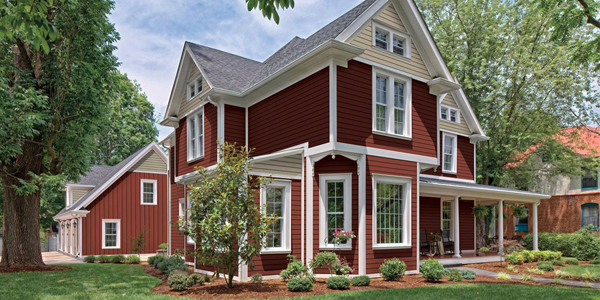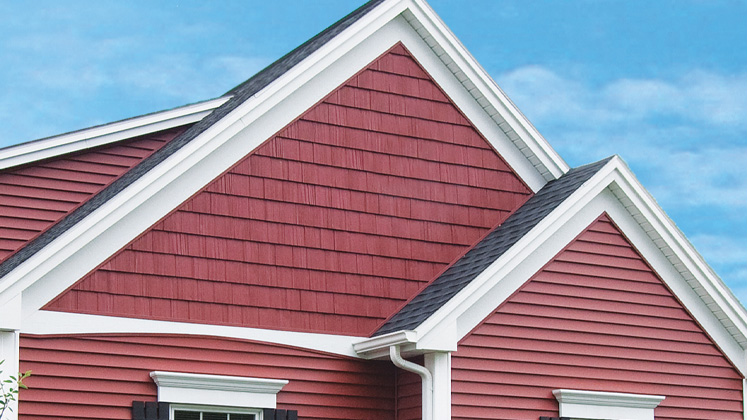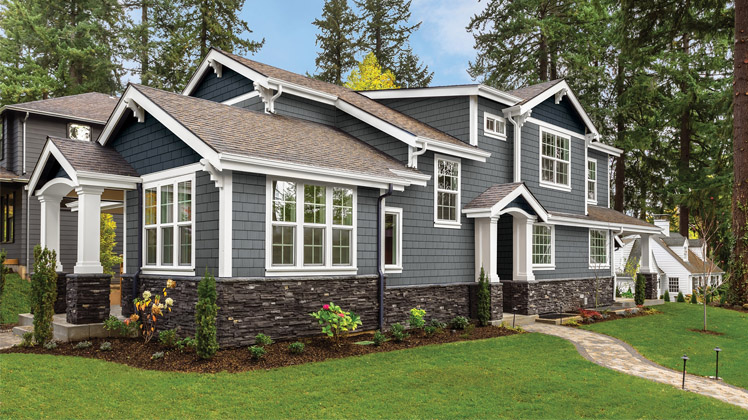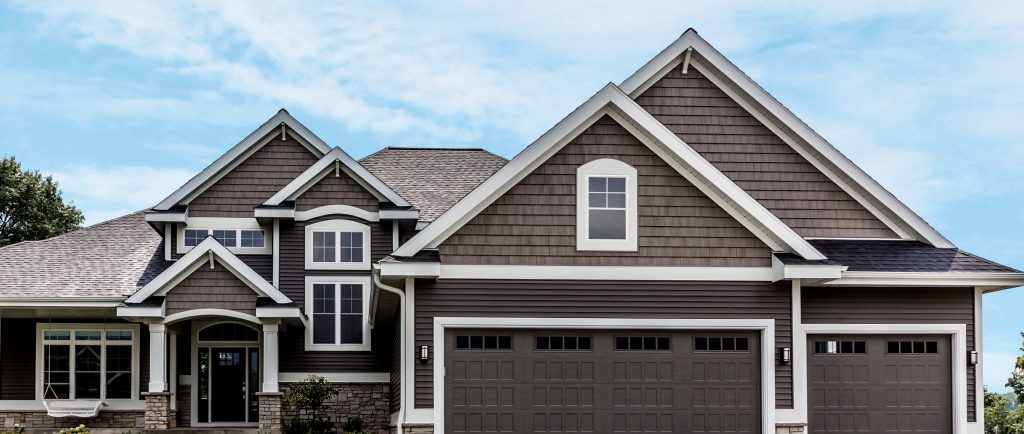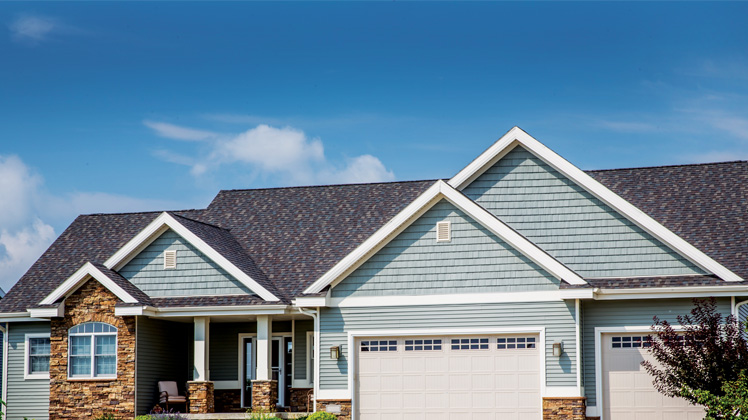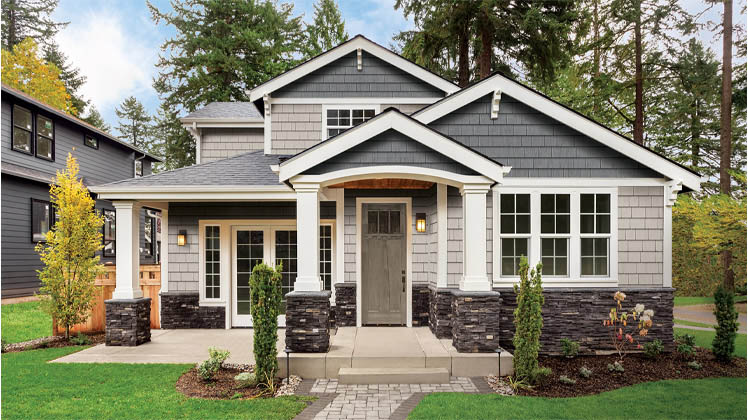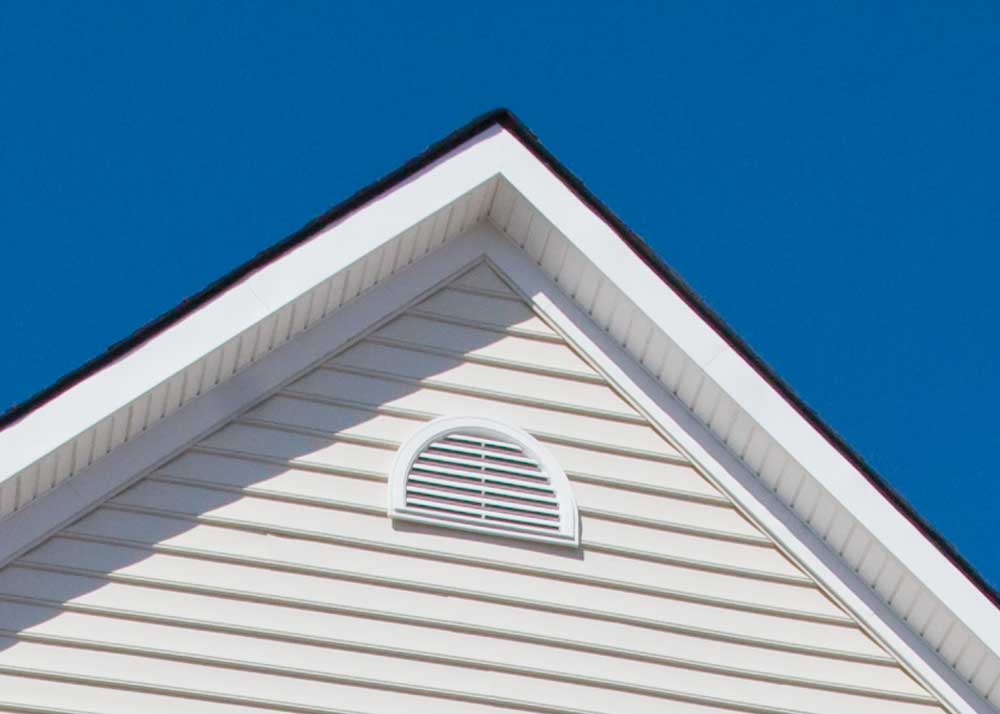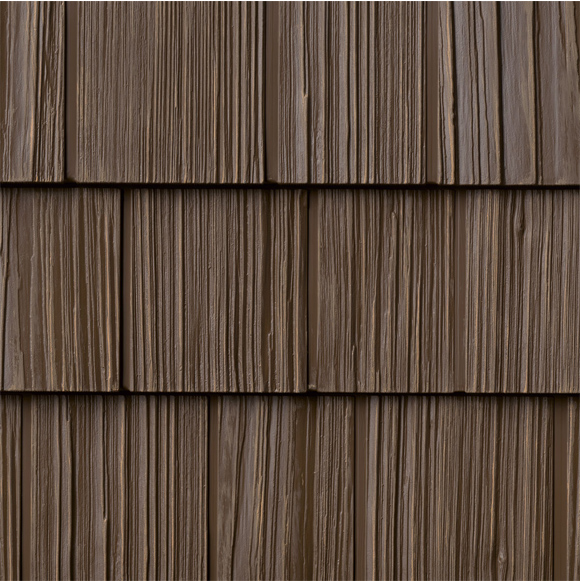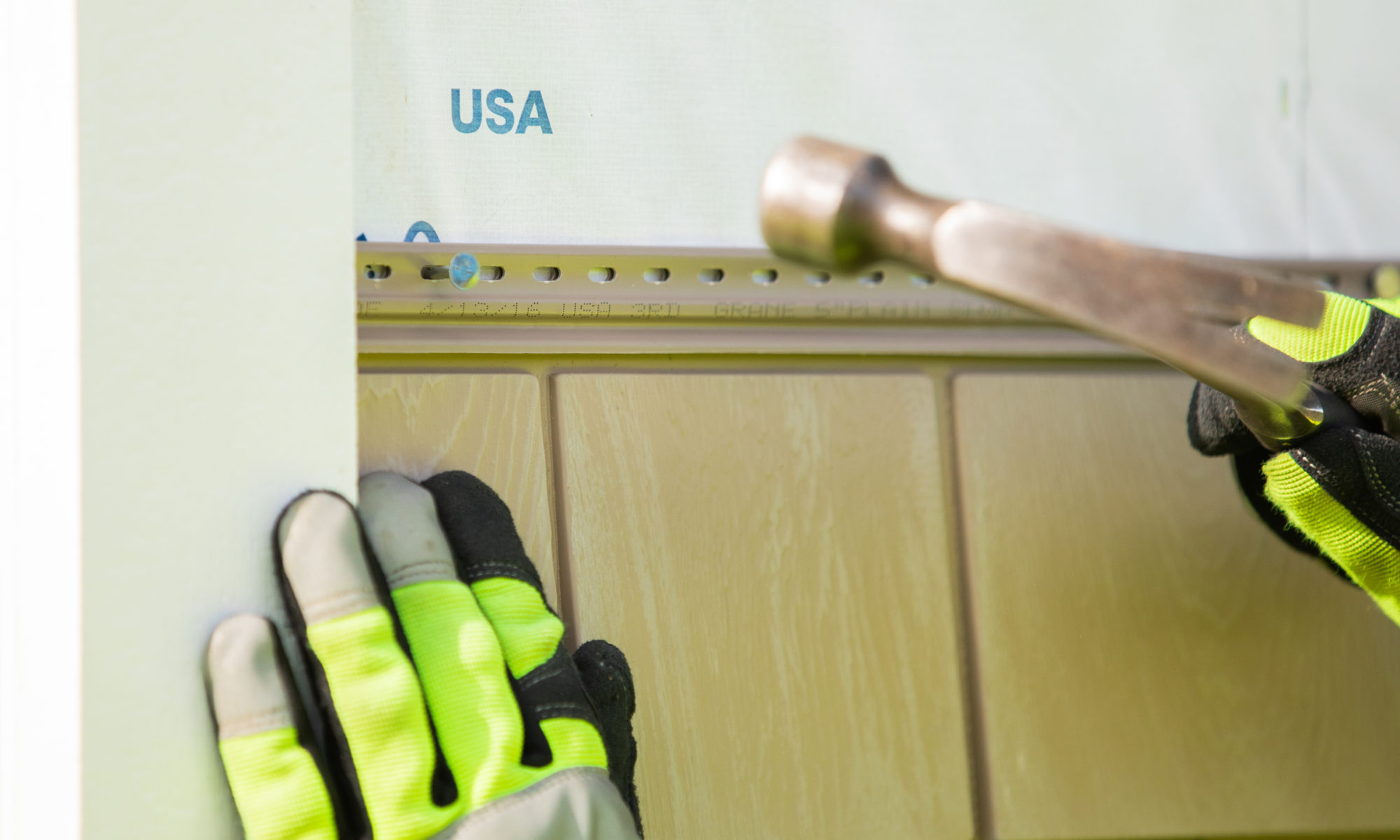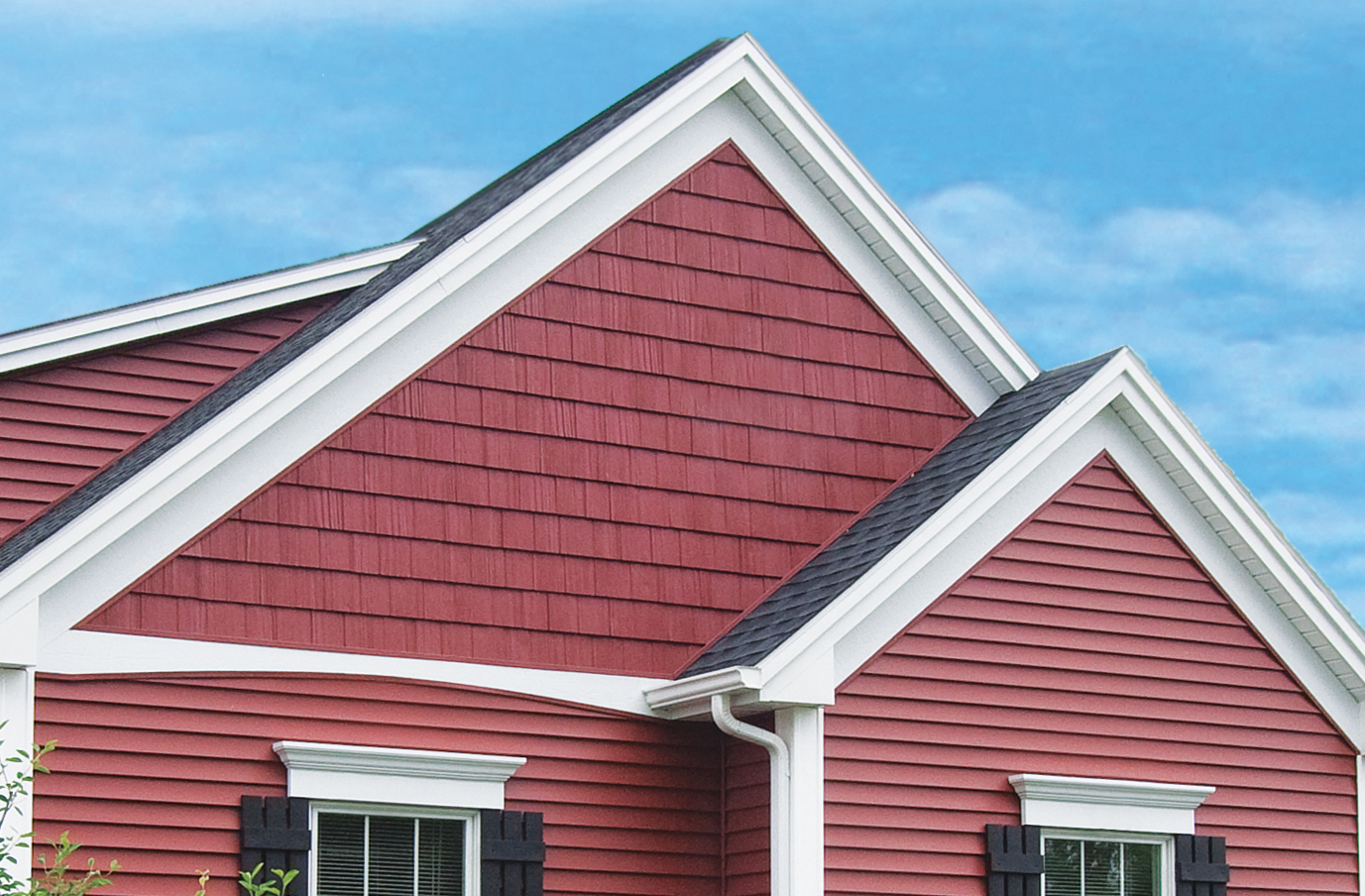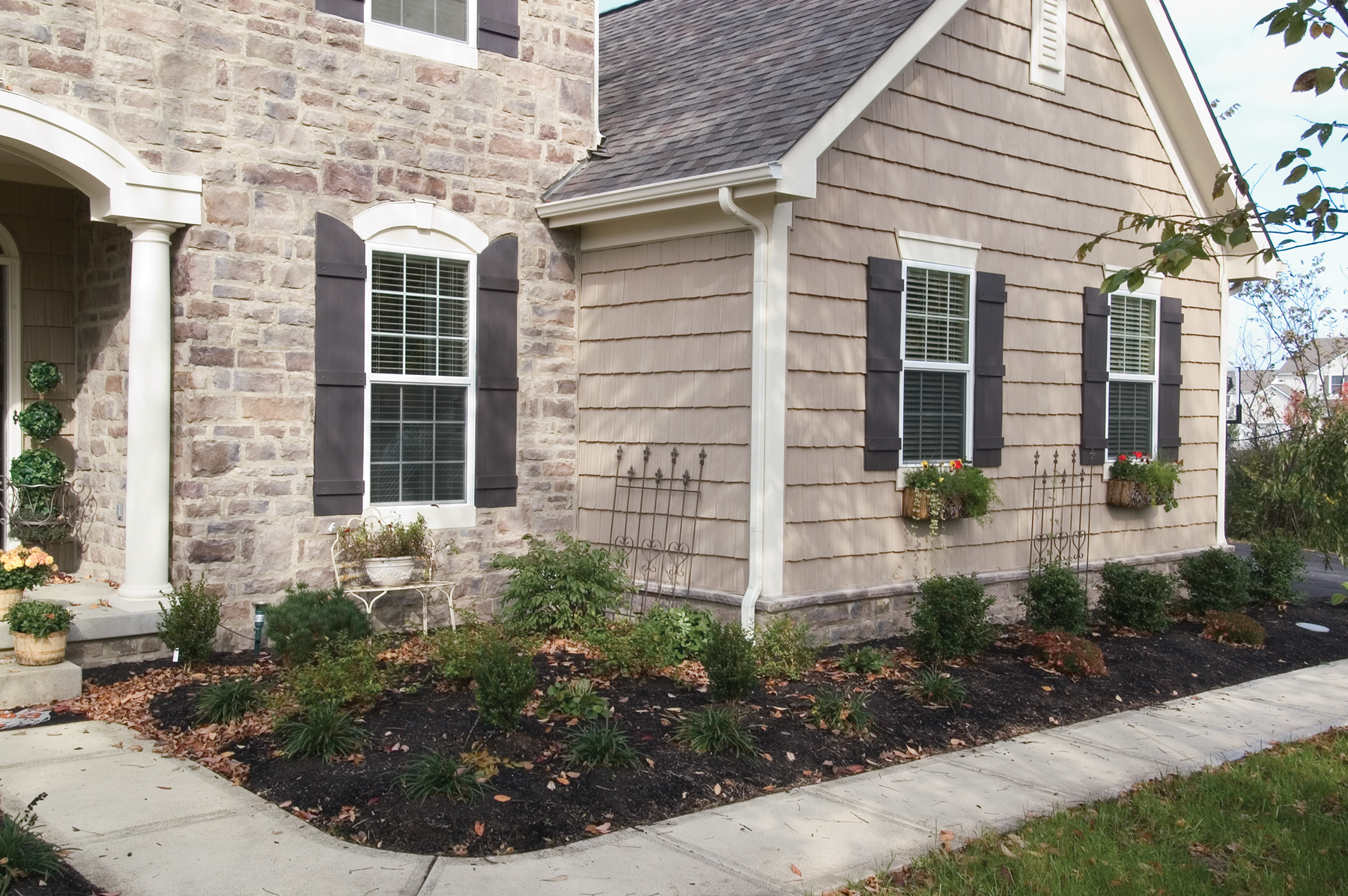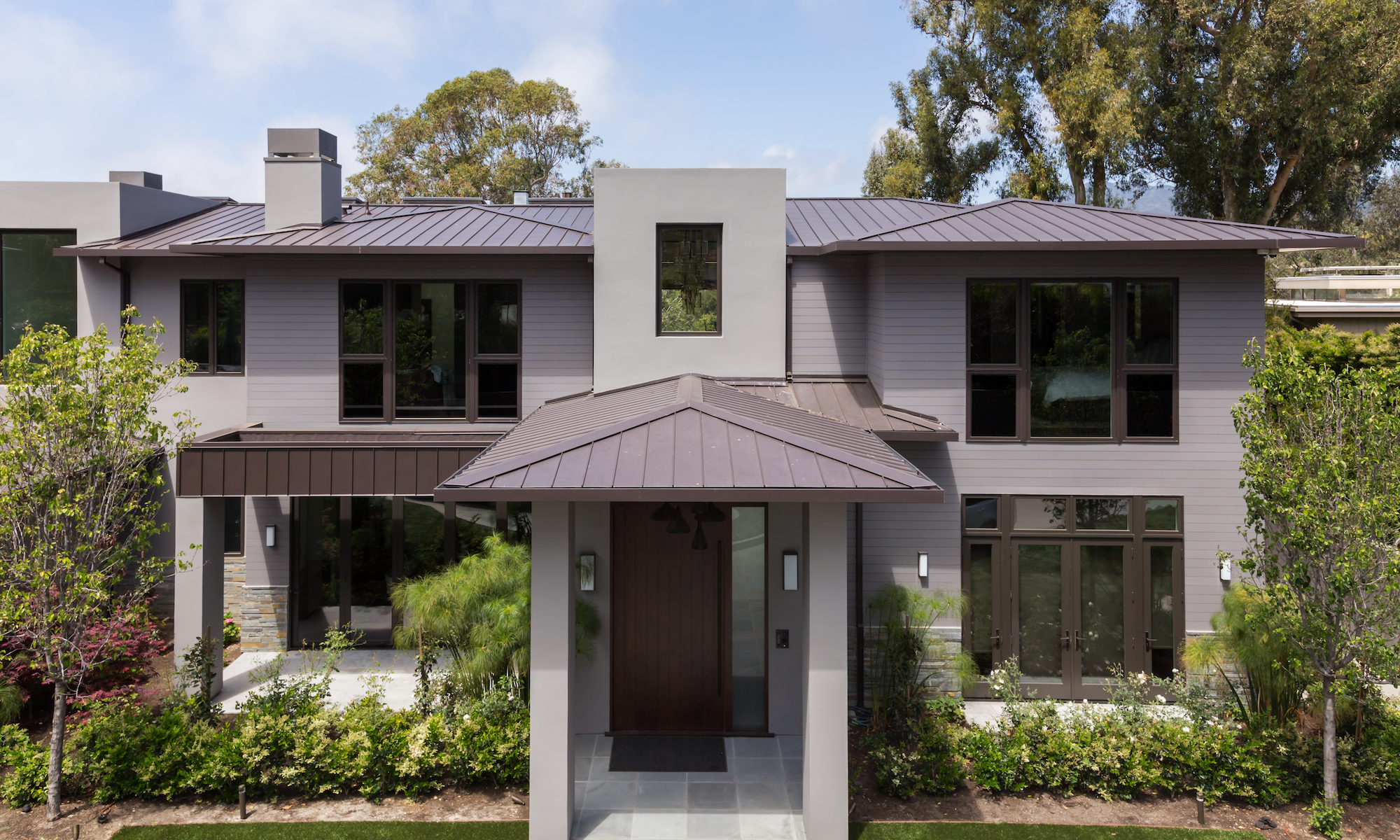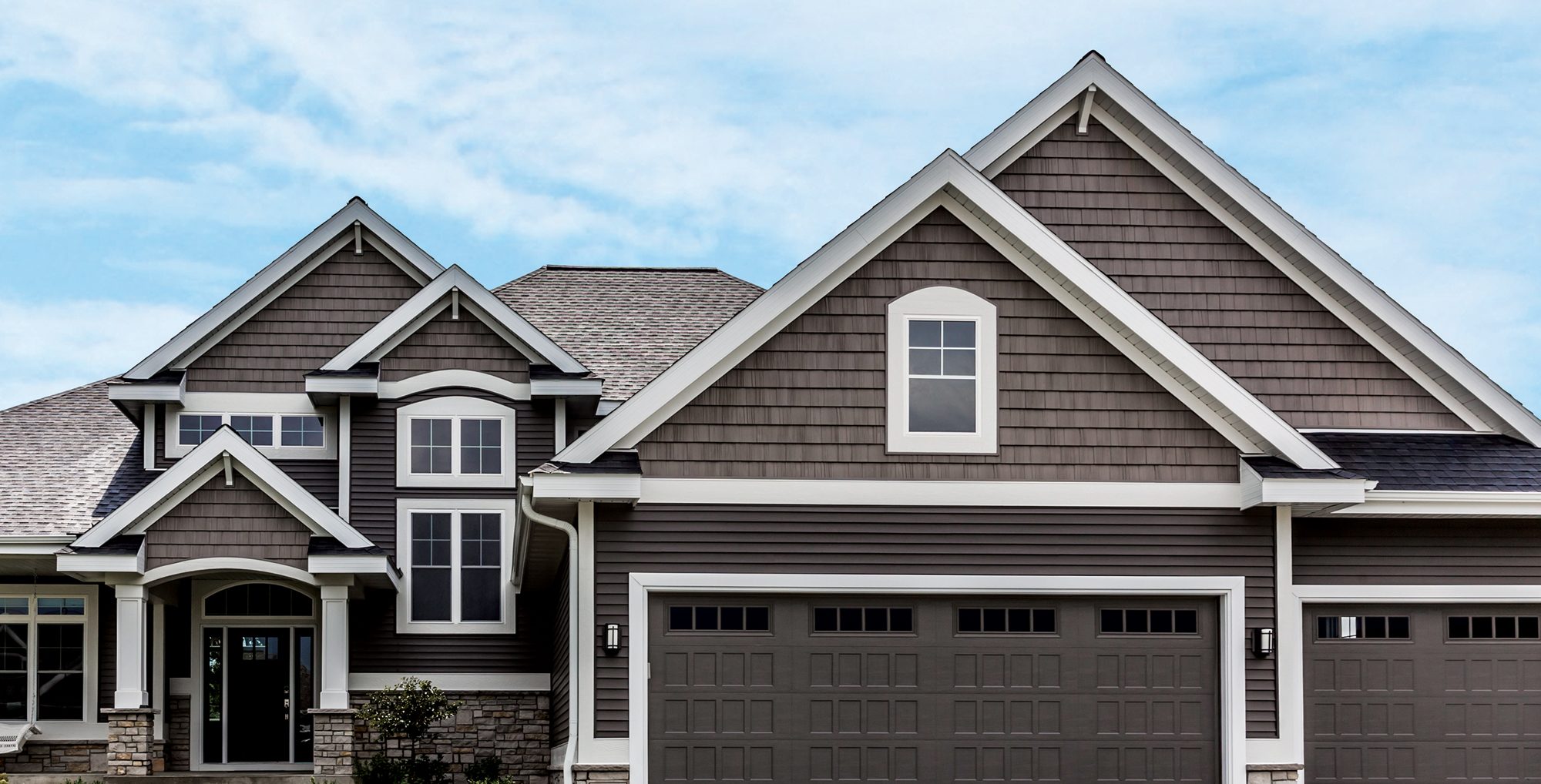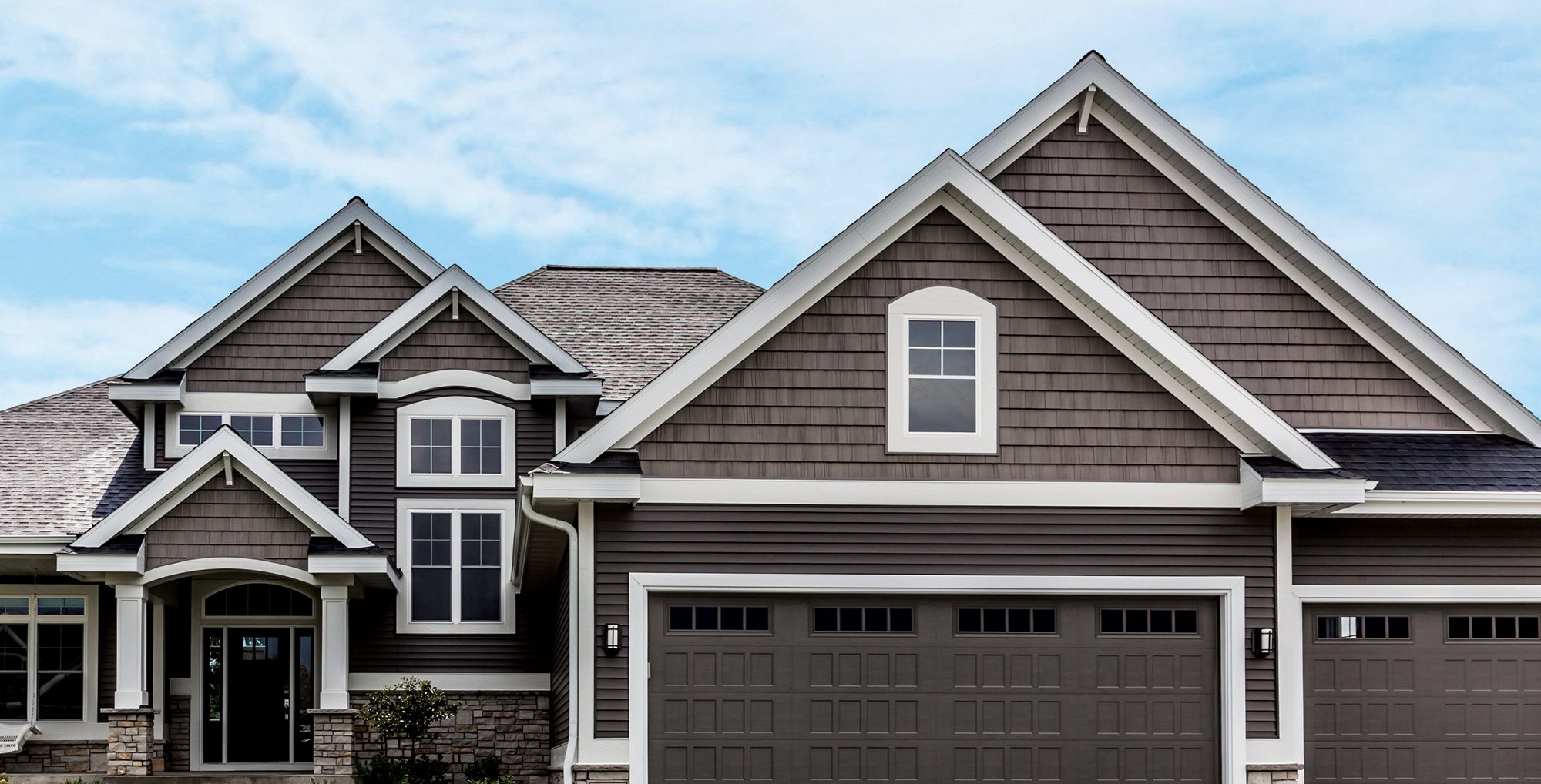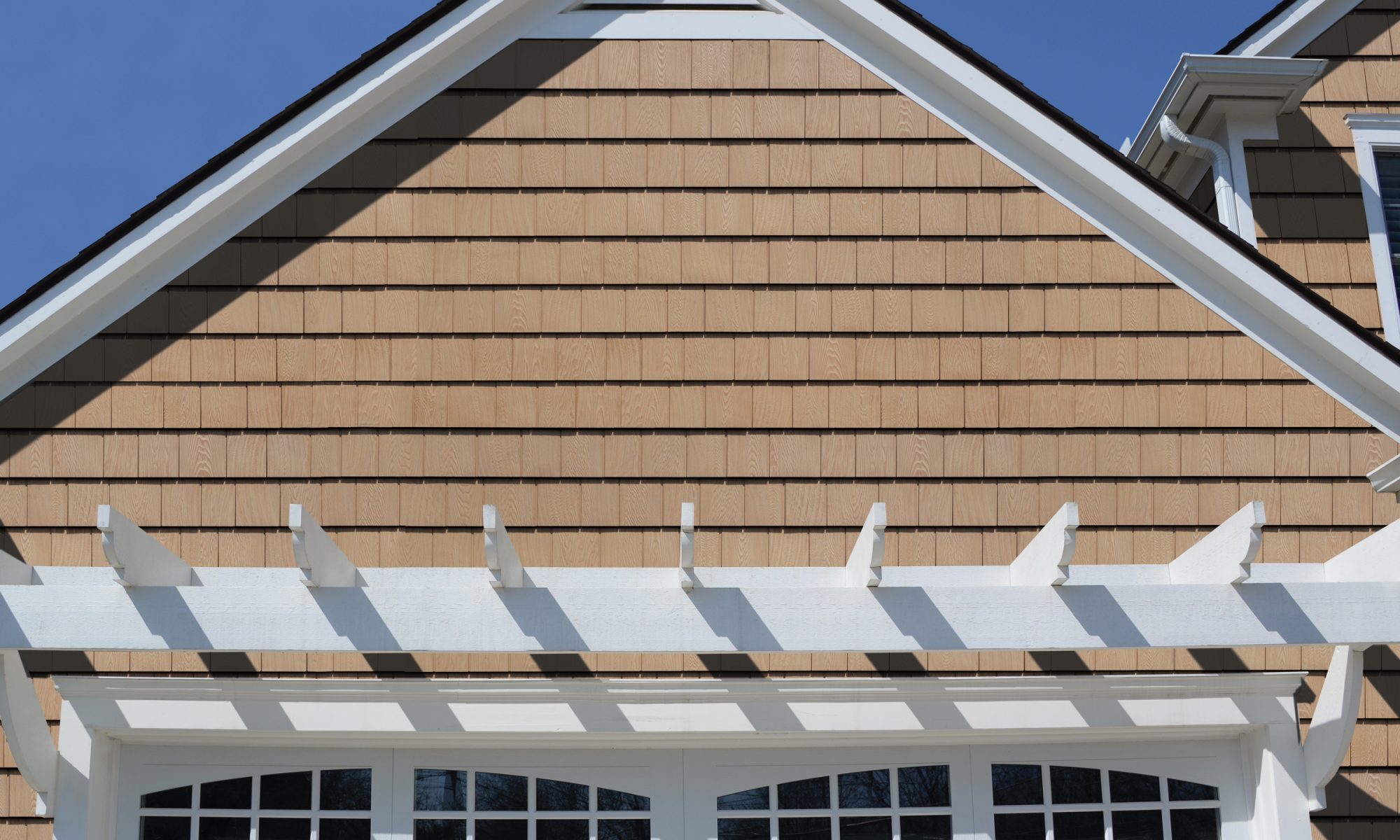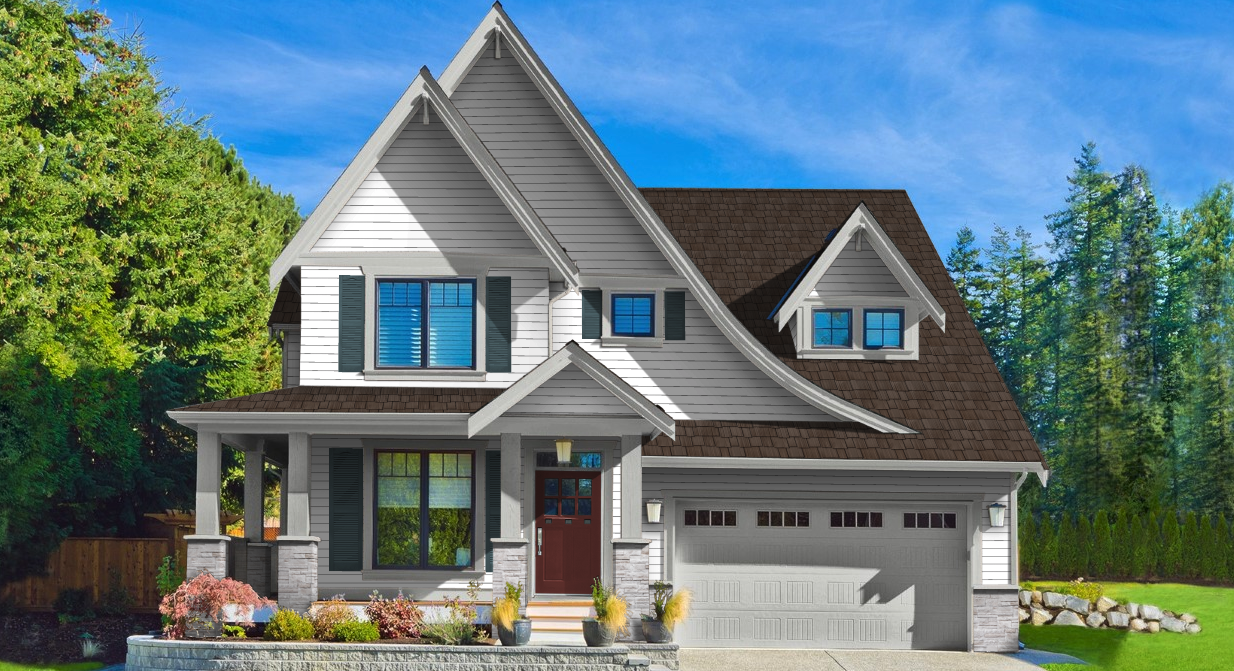On April 6, Dina saw her newly renovated home for the first time. The joyful reveal was the culmination of months of hard work by volunteers, product donors, and Rescuing Families, a nonprofit organization that specializes in remodeling the homes of people with physical limitations. The donation and installation will be featured on the docuseries “Family to the Rescue” on PBS.
Updates Bring Safe, Modern Improvements
The home, located in Franklin Square, New York, was renovated to improve accessibility and safety for Dina. Dina and her father have lived in the home for nine years.
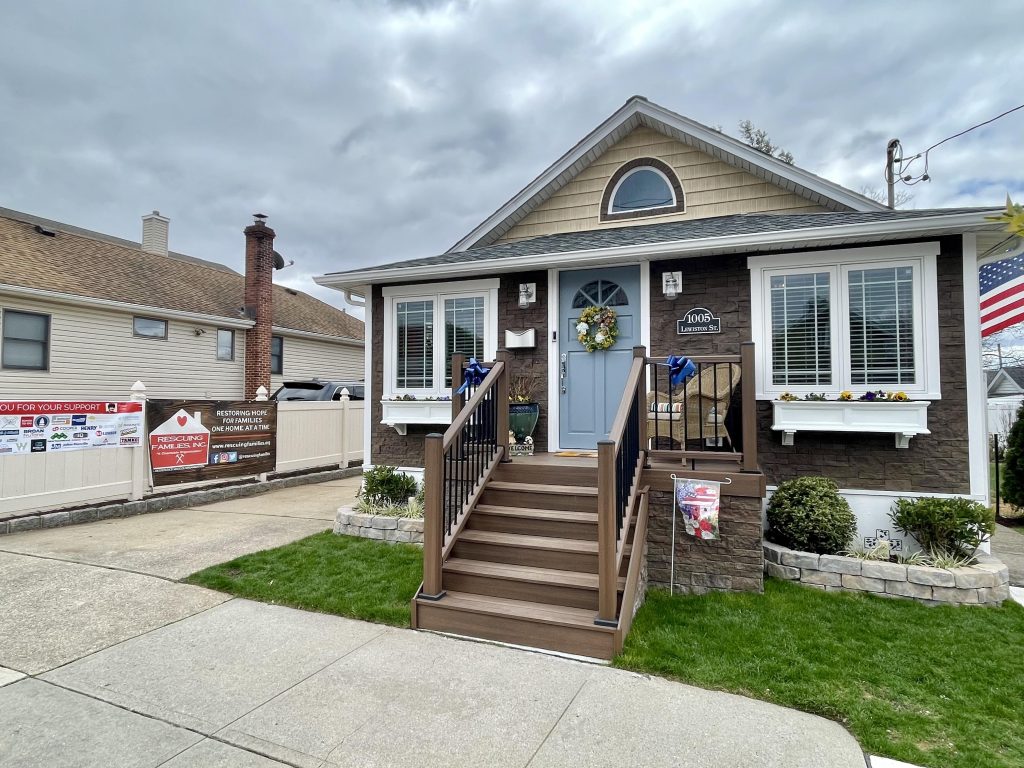
The bungalow’s new exterior exudes a cozy coastal vibe with cedar-look shingles, crisp white trim, and elegant flower boxes. Working closely with its distributor partner New Castle Ronkonkoma in Long Island, Westlake Royal Building Products™ donated Foundry 7″ Split Shake siding in the color Golden Straw, as well as rabbeted white Royal PVC corners, starter strip, historic window trim sill, and trimboard. Westlake Royal team members were also on site to assist with the installation.
“From our work as contractors and our experience as caretakers, we have seen that often when a person is suffering from an illness, mental or physical disability or even aging, their home becomes an unsafe environment for a multitude of reasons. We see individuals not being able to thrive in their homes anymore, and even get to the point of becoming fearful of their own homes,” said Gina Cantone-Centauro, co-founder of Rescuing Families. “With the help of our partners like Westlake Royal, and the community, we are able to work on projects that affect the overall quality of life of our community’s most vulnerable.
The front of the home is more welcoming, with a larger porch and beautiful windows.
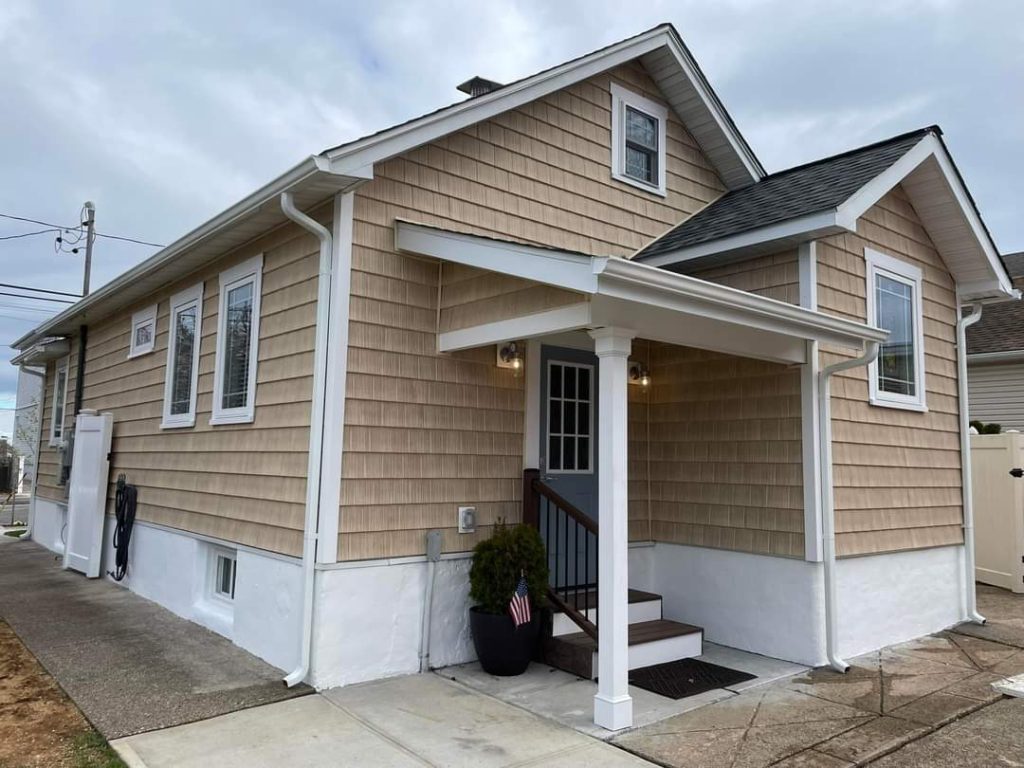
The interior was gutted to the studs. The finished project included new drywall and paint; new flooring, plumbing fixtures, lighting, and heating; and a new, modern kitchen with stainless steel appliances, white cabinetry, and a beautiful tile backsplash in Dina’s favorite color, blue. Dina’s sister Gina cleaned and repaired stained glass piece in the kitchen window, which had been beloved by their mother. An old chimney discovered during demo was updated with manufactured stone.
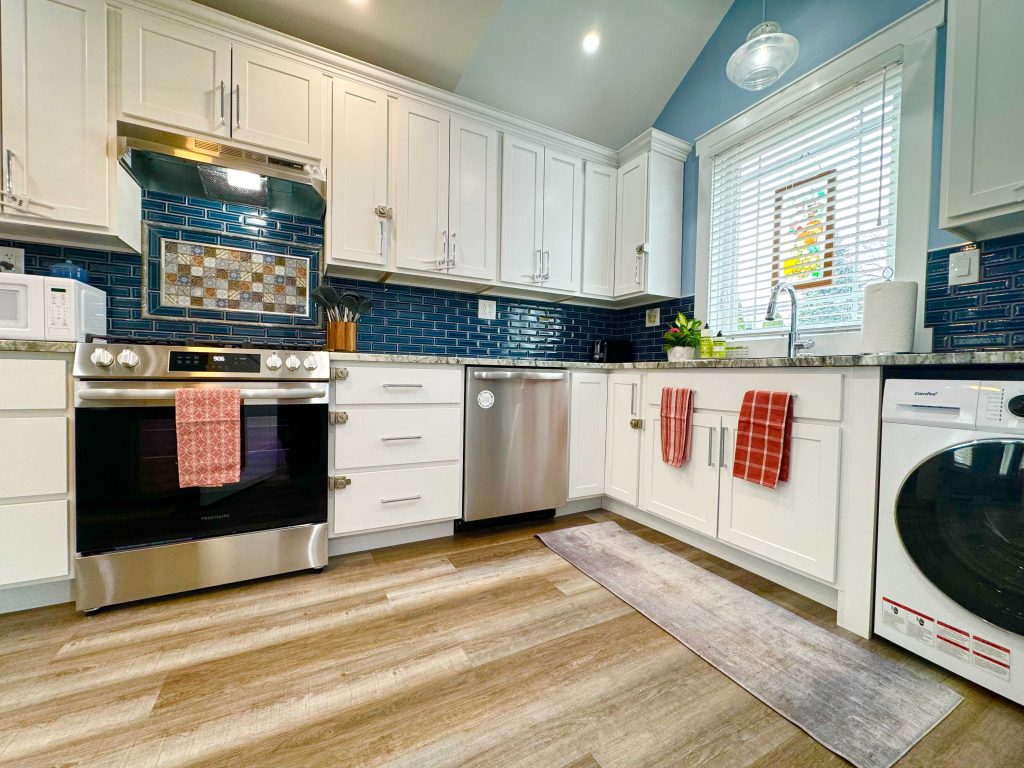
Family to the Rescue Improves Lives
“Family to the Rescue” follows Rescuing Families on its quest to improve the lives of people with disabilities. There are more than 50 million disabled individuals in the United States who need access to unique home construction and specialized design. Through a completely new approach to home design, they transform the lives of families who feel forgotten, and raise awareness of solutions that are available for them.
“We are humbled and honored to donate Foundry siding and trim to the well-deserving family and contractors working with Rescuing Families,” said Steve Booz, vice president, marketing, Westlake Royal Building Products. “Making homes safe and accessible for people with disabilities is incredibly important to us, and we feel confident that our products will be low maintenance and durable, ensuring that these families do not need to worry about upkeep or renovations after installation.”
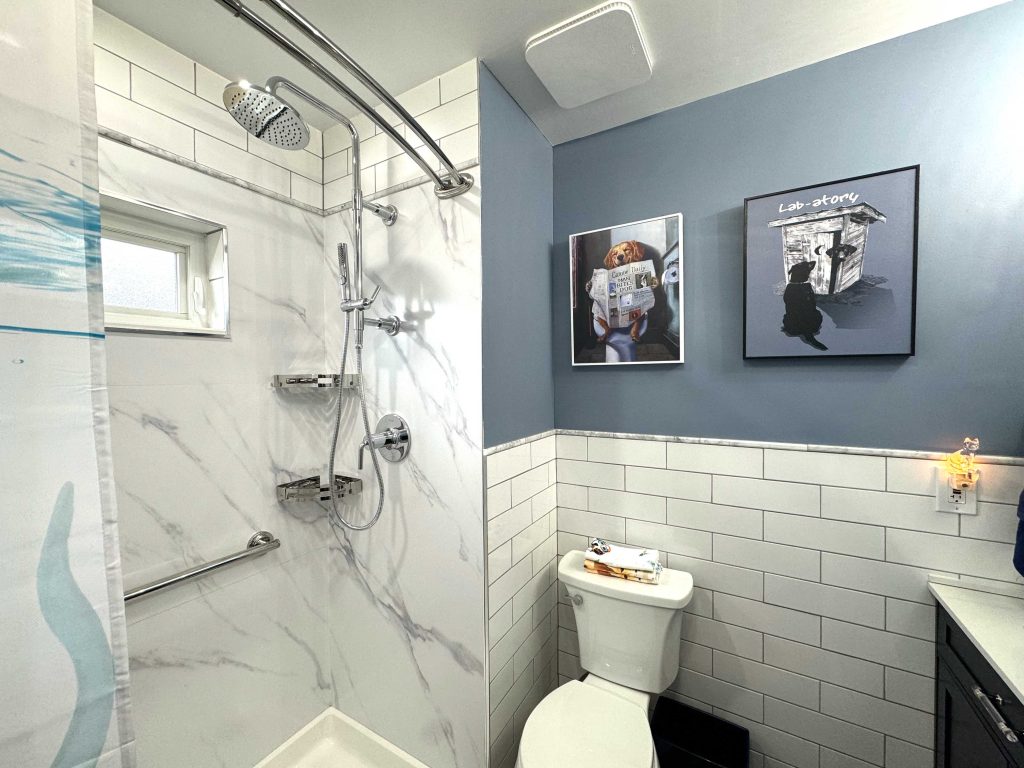
“The products that we work with are extremely important to the overall outcome of our renovations, and we are so thankful to Westlake Royal for their generous donation of top-quality siding and trim,” said Vinny Centauro, co-founder of Rescuing Families. “We always want to make sure that the products we use are low maintenance and long lasting, so the last thing the families need to worry about is upkeep. We want to give our families absolutely zero work while also making the home accessible to their specific needs.”
See the home’s transformation by following #ProjectDina on Instagram.
Want to see more projects? Be sure to subscribe to our monthly enewsletter.


